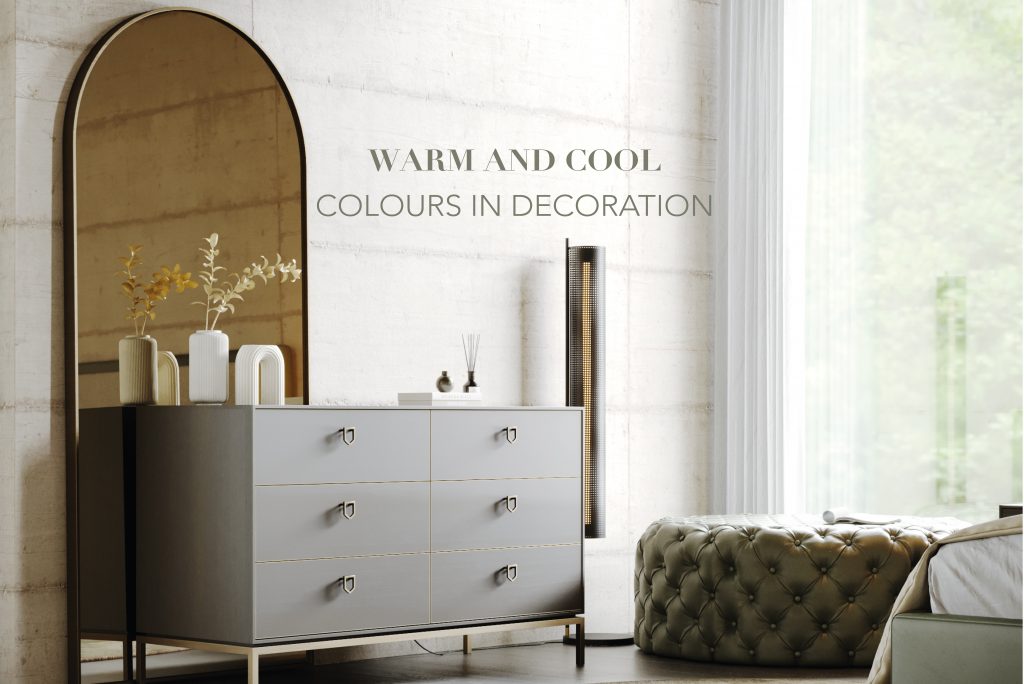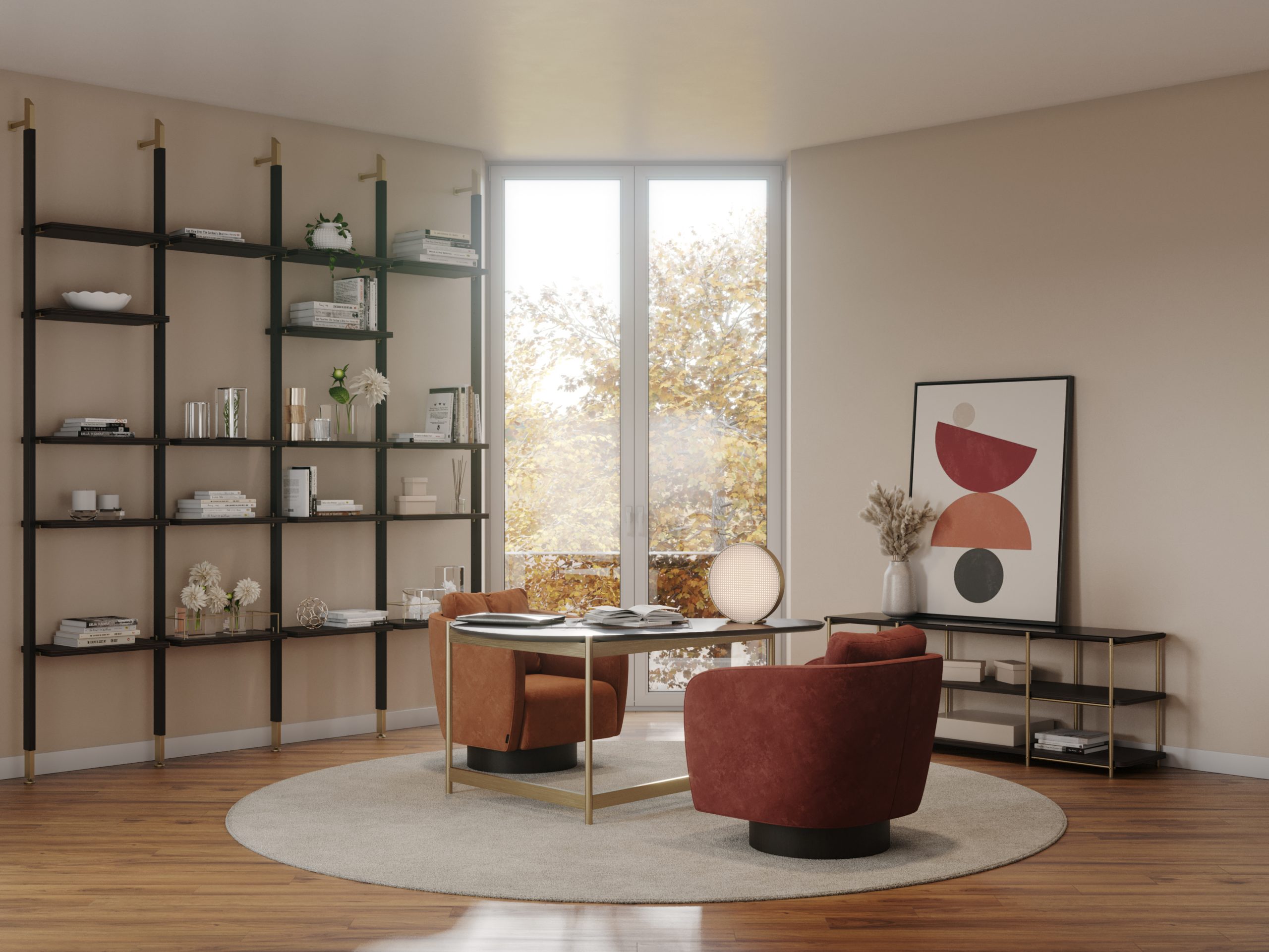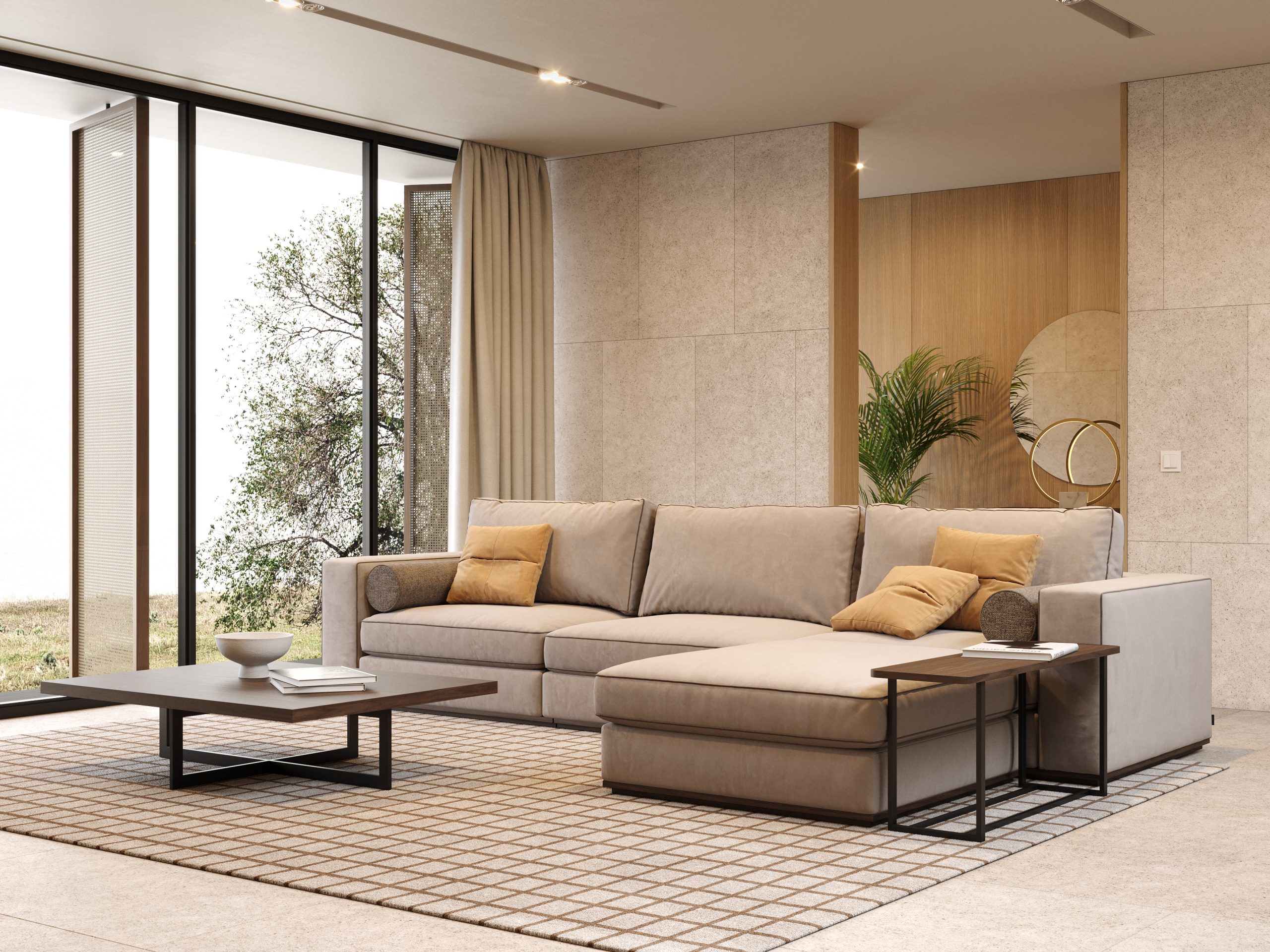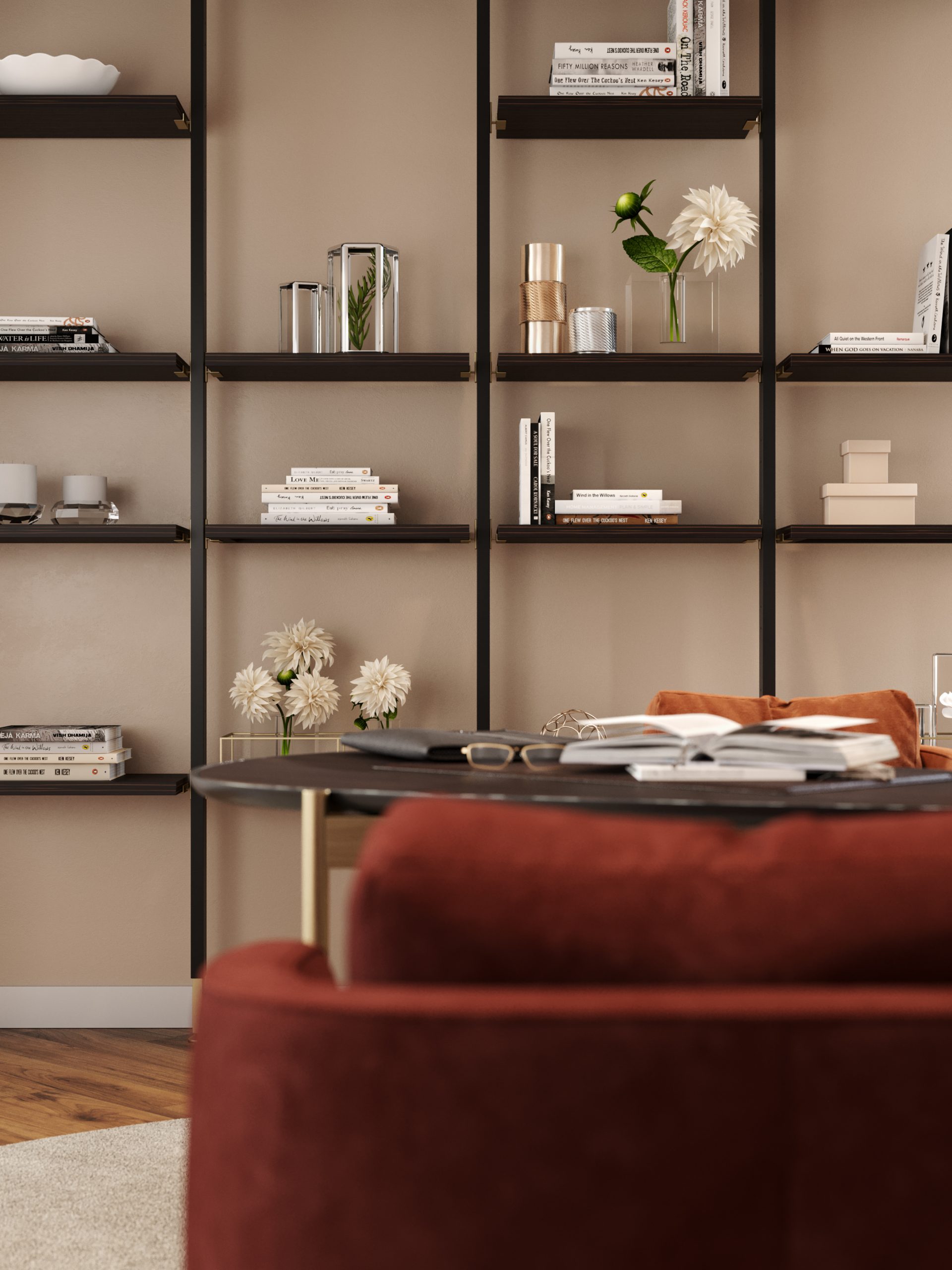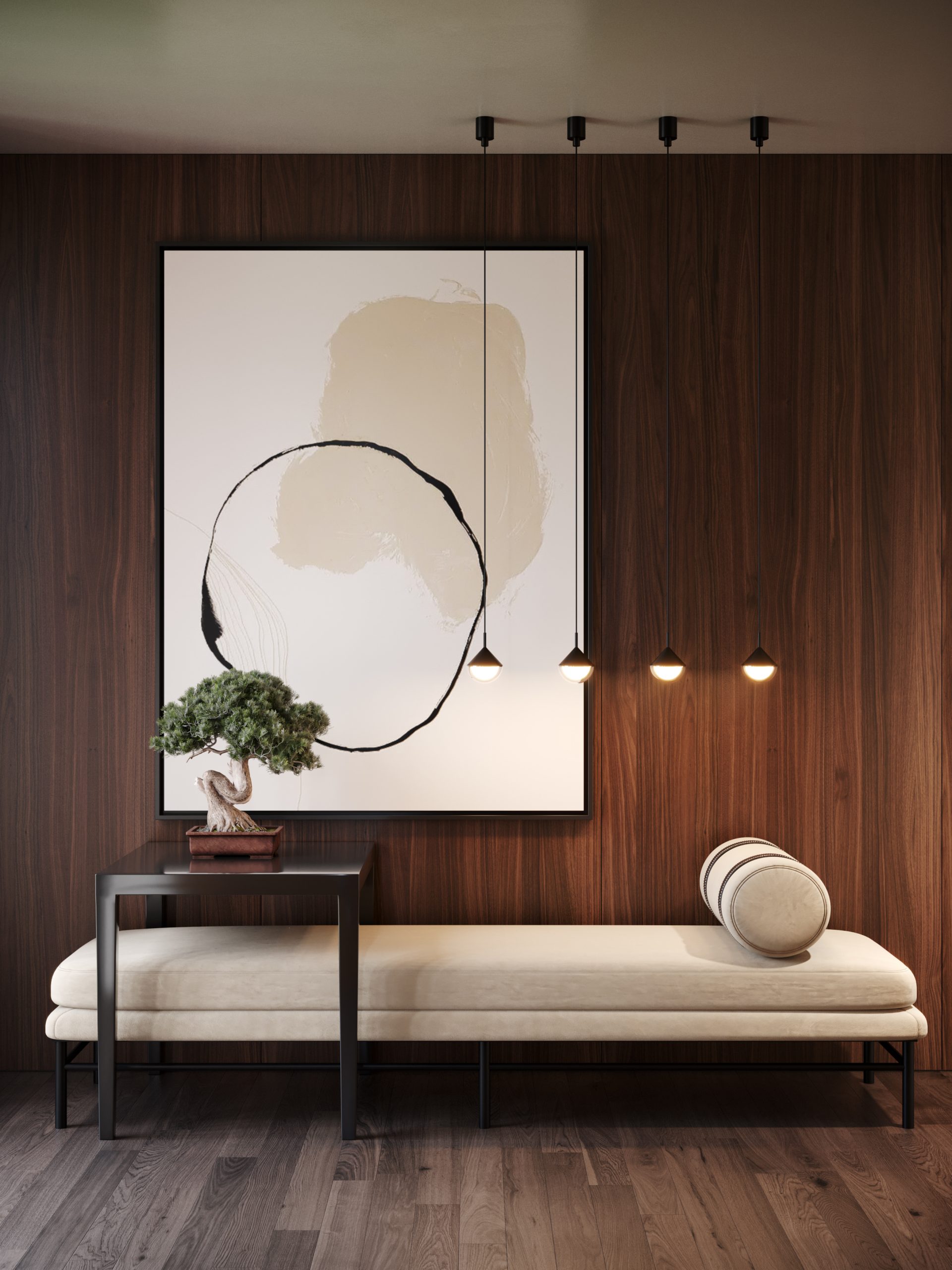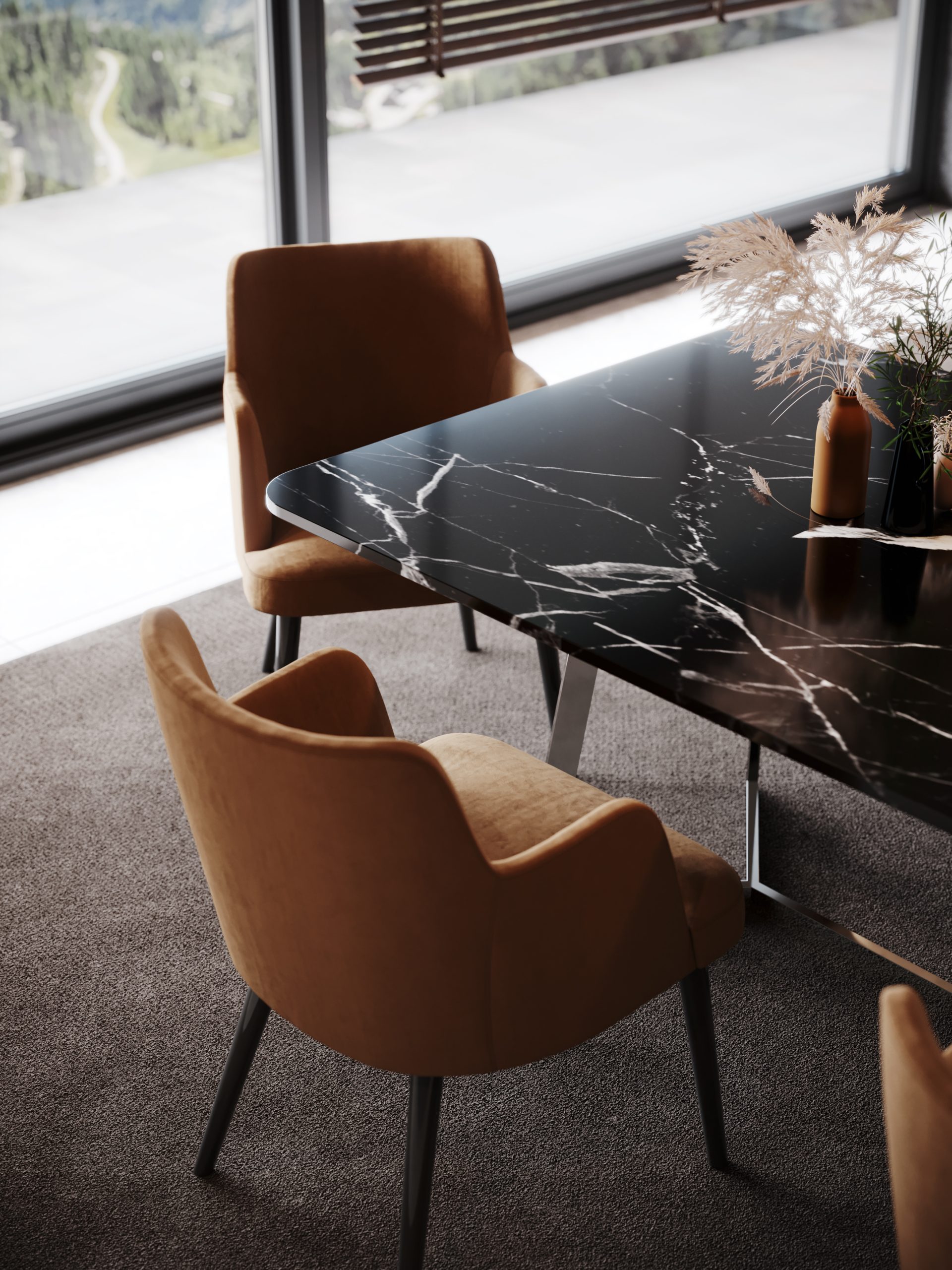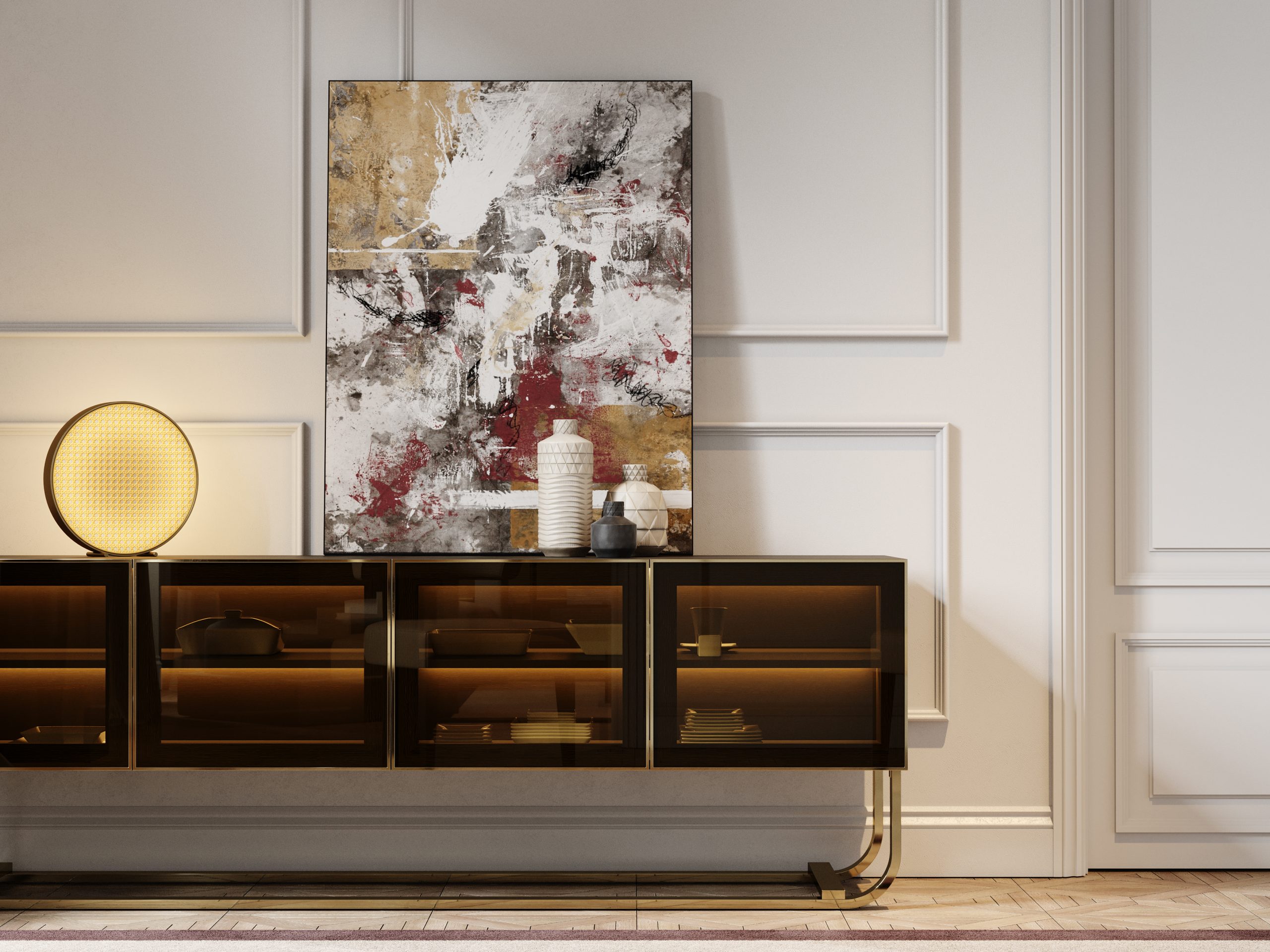Impeccable interior design is all about balance, and whether you’re refurbishing a room or selecting new pieces for your home, considering the colours or tones of each element can make all the difference to the end result. The balance or imbalance of warm or cool tones in a space can completely change the feeling it conveys.
Do you love mixing warm and cool tones in our projects to create more interest, but feel it’s tricky to know where to start in your own space? In today’s article we share more about our approach to mixing warm and cool tones and some tips to simplify the process.
Mixing Warm and Cool Tones
Although your atmospheres may lean towards one or the other, adding layers of contrast and mixing warm and cool tones is part of what makes a room look cared for and thought out. If you find yourself drawn to a particular element or finish, remember that sometimes too much of the same element can get lost in the ambience.
- Contrasting warm colours with neutrals
Finding the Starting Point
Finding a starting point for mixing warm and cool tones can make the beginning less complicated. Whether you’re choosing hard finishes, such as flooring and lamps, or soft finishes, such as furniture and decorative pieces, consider what you’ve already selected and evaluate the tones that come through. Are they warm or cool? Once you have a starting point, it’s easier to find ways to create layers and contrasts to create more visual appeal.
- Warm and cool colour accents
Adding Dimension through Contrasting Pieces
Furniture and décor can also be a great way to introduce contrasting tones into your finishes. Adding leather chairs to a living room with cool, sombre tones can make the room instantly more inviting, while cool-toned bar stools in a kitchen with warmer lighting can refresh the space and bring balance.
- Rotating chair with pattern and decorative frame in cool tones
- Warm-toned decor details
Warm tones vs. cool tones
Before you start balancing the tones in your space, it’s useful to take a step back and understand the different impacts they can have on your design.
Warm tones (reds, oranges, browns, yellows, golds, beiges and whites with creamy undertones) are stimulating and, although they can make your space cosy and inviting, too many of them in one area can create a cloistered feeling.
Cool tones (blues, greens, purples, greys, silvers and whites with grey undertones) are calmer shades and have a modern, polished effect. However, too many cool tones in a space can detract from the feeling of cosiness and comfort.
- Transforming the bedroom with cool and warm tones
Sensation of Touch and Colour
When we talk about materials used in decoration, we are often talking about the sensation we get when we touch the material, a physical sensation. This is the best-known way of classifying warmth and coldness in decoration: just touch the material and you’ll know if it’s warm, cold or even neutral.
- Banquette with neutral tones in a warmer entrance hall
- Camel-coloured chair with marble dining table
Tips for Decorating with Colour
- Use warm tones for accents: Reserving warm tones for accent elements can add a vibrant touch to your décor. You could choose a wall in a warm tone, cushions, artwork or furniture with warm accents.
- Keep the walls neutral: If you want a balanced base, keep the walls in neutral tones, such as white, grey or beige. This will allow the warm and cool tones to stand out without overpowering the space.
- Use decorative objects: Add decorative objects, such as cushions, curtains, rugs and wall art, in warm and cool tones. This can help balance the colours throughout the space.
- Introduce textures: Texture plays an important role in decoration. Combine warm and cool tones with different textures, such as wood, metal, glass, soft fabrics and stone, to add visual and tactile interest to the room.
- Strategic lighting: Lighting can affect the way we perceive colours. Use strategic lighting, such as floor lamps, table lamps or lampshades, to highlight specific areas of the decor.
- Don’t be afraid to experiment: Decorating is a form of personal expression, so don’t be afraid to experiment and adjust as necessary. Sometimes the best colour combinations are discovered through experimentation.
- Balance between a neutral, cool and warm colour palette
